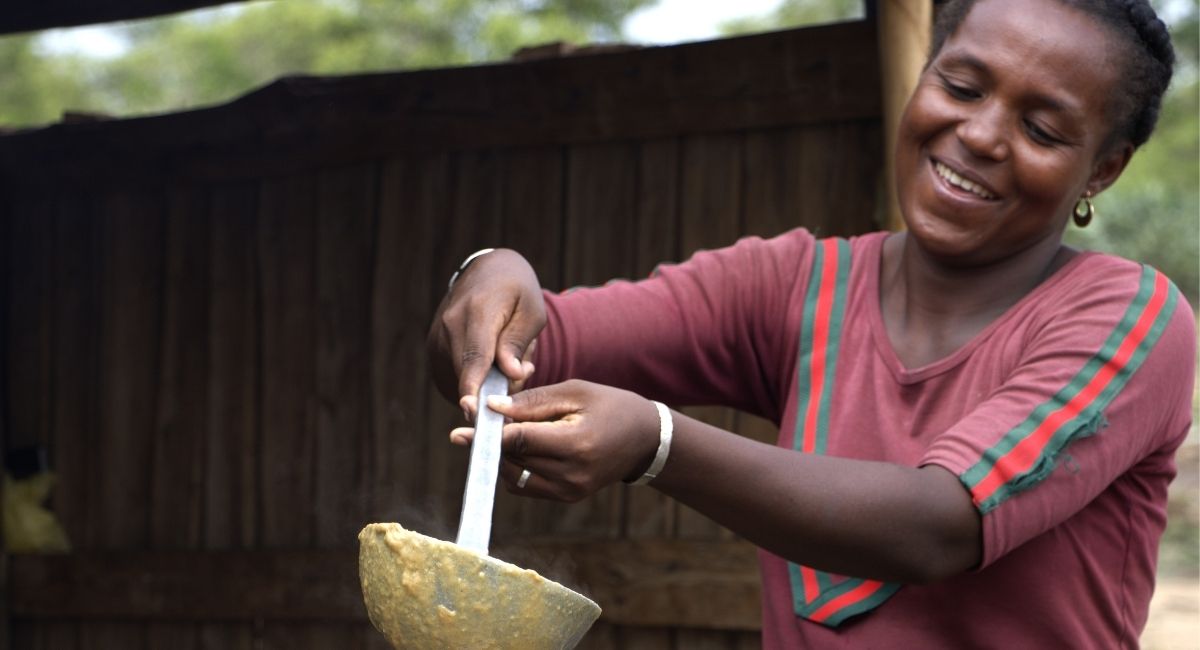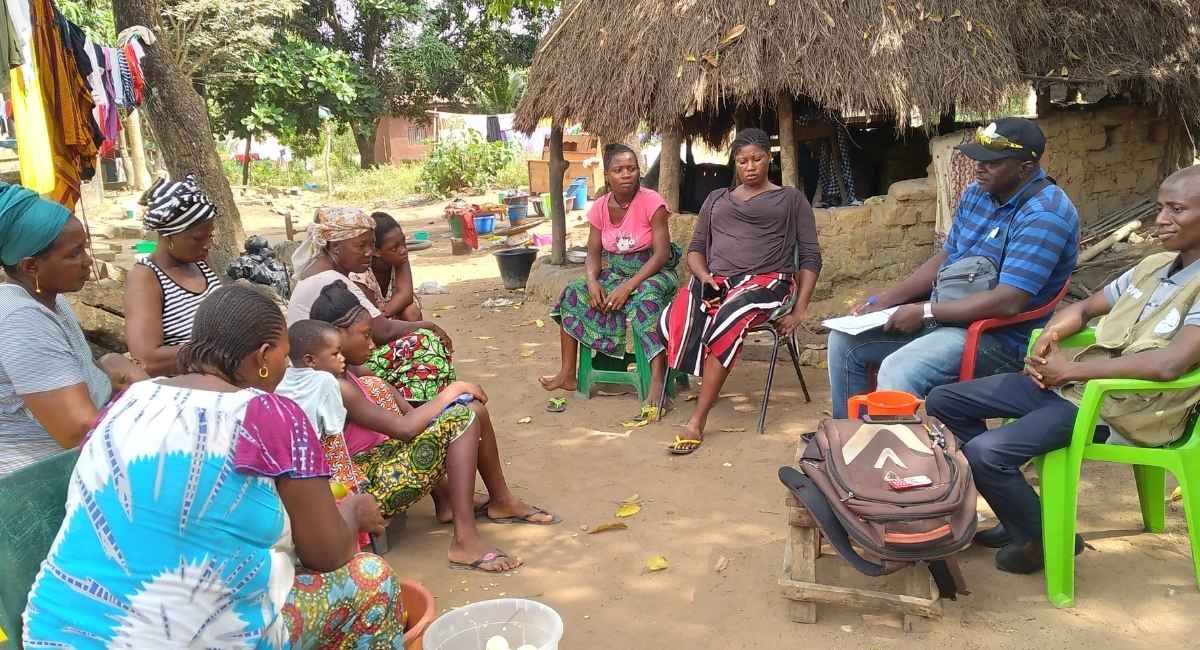As part of its programme to prevent malnutrition in Madagascar, GRET is developing formulas for fortified foods intended for small babies, as well as a range of fortified products for adults. The fight against malnutrition must go hand in hand with a solid food system, enabling a quality, varied food offer that is affordable for everyone. To strengthen this system, several Malagasy businesses are contributing to the production and distribution of fortified foods developed with a view to preventing micronutrient deficiencies in the population, in particular the most vulnerable.
Producing foods enriched with essential nutrients while ensuring a viable economic model is a real challenge. Some Malagasy businesses, such as TAF or La Chocolaterie Robert, decided to rise to this challenge. They work in partnership with nutrition projects, locally manufacturing fortified products – such as Koba Aina, a fortified infant flour that complements breastmilk, or Pôbary Aina bars and Moosli, fortified healthy snacks for pre-school and school children. These products are suited to young children’s nutritional needs and are affordable.
“As we are committed to fighting against child malnutrition and contributing to the development of young children, we are proud to participate in Madagascar’s economic growth and to work for food and nutrition security and the right to food, by producing Koba Aina and Koba Aina Flash”, says the TAF Senior Management team.
This type of collaboration boosts national production capacities and favours better accessibility to fortified foods.
From an idea to the plate: a rigorous process
Before designing a fortified product, it is essential to determine the target population’s nutritional needs. In order to identify the food to be fortified and the nutrients to add to the product, it is crucial to identify populations’ eating habits.
“The real challenge in the development of a fortified product is to identify the ideal food that will combine nutritional and organoleptic quality, acceptability and accessibility, and to implement a system that ensures the quality of the product over the long term”, explains Alisoa Randrianarivo, Agrifood manager at GRET.
Once the recipe is defined, laboratory tests make it possible to adjust doses and processing techniques. But the most complex stage is industrial upscaling.
For Dina Andrianantenaina, Quality Manager at Nutrizaza, “the real innovation is not just the creation of a model, it’s the capacity to reproduce it on a large scale while maintaining quality and efficiency. Adaptation is crucial for successful upscaling.”
Before being put on the market, the product is tested among consumers to ensure it is accepted in terms of taste, texture and use. Every detail matters: the quality of ingredients received, the accuracy of production parameters and the type of packaging used. With this in mind, research is currently being conducted on more environmentally friendly packaging for fortified flours, that also enables the product to be better conserved.
Implementing a solid quality system
In order to ensure that fortified products are effective and safe, a quality management system is implemented at each stage of production. This system is underpinned by several pillars, in particular the choice of raw materials, professionalisation of staff, and above all compliance with international recommendations and national standards, notably the NMG 191-1/2023 standard for fortified infant flours in Madagascar.





